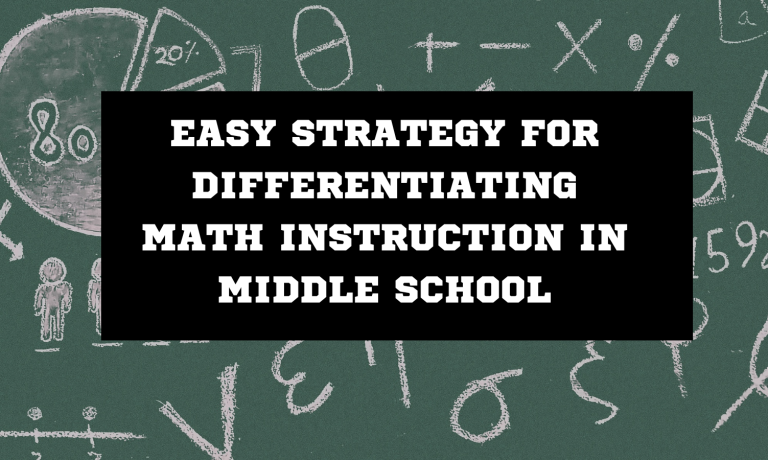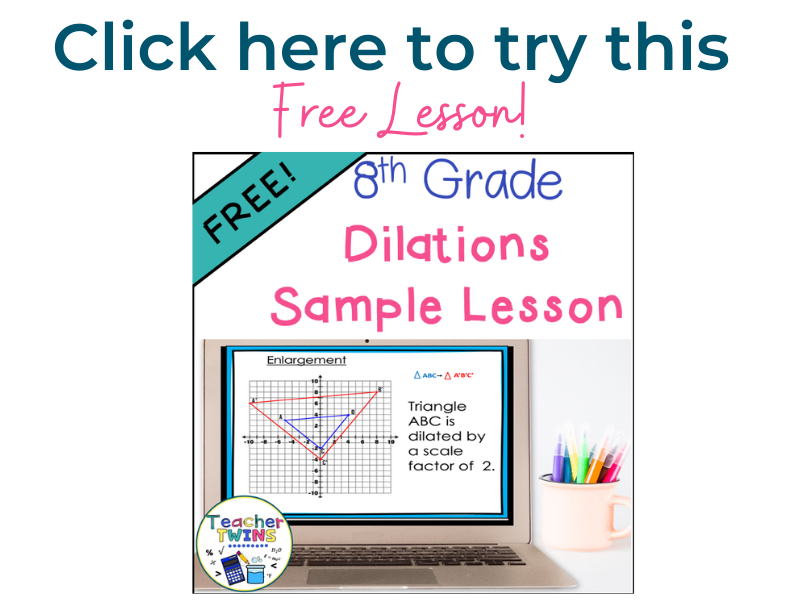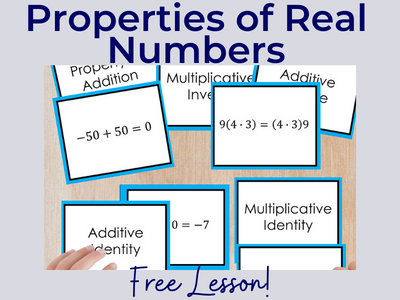Are you a middle school teacher looking for an easy strategy to differentiate math instruction and meet the diverse needs of your students? Look no further! In this article, we will explore an easy and effective approach that will help you engage and support every learner in your classroom.
Differentiating math instruction can seem like a daunting task, especially when you have students with varying levels of understanding and ability. This strategy provides teachers with an easy way to differentiate, and it doesn’t take a lot of time or resources.
Why is differentiation important in math instruction?
Mathematics is a subject that requires a deep understanding of concepts and the ability to apply them in different contexts. However, not all students learn at the same pace or in the same way. Some students may struggle with basic concepts, while others may be ready for more advanced content. As a teacher, it is essential to provide multiple entry points and options for students to grasp mathematical concepts. Differentiation also provides opportunities for high-achieving students to be challenged and motivated.
Continue reading to learn an easy strategy for differentiating math instruction in middle school. It is a simple way to start differentiating in your math classroom.

Step 1- Use assessments to determine groups for math differentiation.
Before you can differentiate math instruction, you need to assess your students’ understanding of concepts. This assessment will help you group students based on their learning needs. There are different types of assessments that you can use, such as pre-tests, formative assessments, and summative assessments.
One of the easiest ways to assess for differentiation is to give a quiz or short assessment on a topic you are learning. Give the assessment after you have taught the concept. The assessment will show you who understands the concept, who understands the concept but may need a little more practice and who needs more help on understanding the concept. Create groups based on these three levels.
Step 2-Create groups to differentiate math instruction.
Flexible grouping is an effective way to differentiate math instruction. It involves grouping students based on their learning needs and changing those groups as needed. This approach allows teachers to provide targeted instruction to each group and adjust the groups based on student progress.
An easy way to form groups for differentiation is to divide the class into three groups based on quiz or short assessment results. One group will be the enrichment group. It is for students who understand the concept. The second group will be for students who understand the concept but made some careless mistakes on the quiz and need a little more practice. The third group will be for students who do not understand the concept and need to be retaught.
It is important to remember that the students in each group can change depending on the topic. One student may do very well solving equations but may need to get extra help with transformations. You may also need to reteach the lesson if most of the students do not understand the concept and have a small group for enrichment.
Step 3- Differentiate math instruction in groups.
The Enrichment Group
Students in this group have mastered the topic being taught and need to be challenged. Find an assignment that will challenge this group but is related to the topic taught. For example, if the topic is solving equations with variables on both sides, this group can work on solving multi-step equations with variables on both sides. You could also find multi-step equation word problems for students to solve. These resources should be easy to find online or in math resources books. Old textbooks can be a great resource to keep for differentiation. Let students in this group work together. Talking through problems is a great way to learn and explore.
The Middle Group
Find an assignment that will give students in this group extra practice. This is usually the largest group. You may need to divide this group into smaller groups. Let students work together. Have them compare answers and have a way for them to signal you that they have a question or need help. For example, have a place on the board for them to write their name if they have a question.
The Reteaching Group
This group will need most of your attention. Plan a lesson to reteach them the concept. Use dry erase boards to have them practice problems. (Click for ideas on using dry erase boards.) This gives you an opportunity to see exactly where they are having difficulty, and you can help them quickly.

Overcoming challenges in implementing differentiated math instruction.
Implementing differentiated math instruction can be challenging, especially if you are new to the approach. One of the challenges is finding the time to plan and prepare for differentiated instruction. This simple differentiation method is easy to plan and prepare. Making it easy to use.
Once you have created your groups, you can use the same activities for each group with minor modifications. You can also use technology to provide additional support to students who need it. There are many free math resources online. Check out 5 Easy Ways to Incorporate Problem-Solving in Your Math Classroom for free online resources.
Another challenge is managing the different groups and ensuring that each group is getting the instruction they need. One way to overcome this challenge is to create groups of students who can work well together. Make sure each group has a student who is a strong leader and will try to get input from all students in the group.
Conclusion: The importance of differentiating math instruction in middle school.
In conclusion, differentiation is an effective approach to engage and support every learner in your classroom. By using assessments to determine groups and flexible grouping to differentiate instruction, you can provide multiple entry points and options for students to grasp mathematical concepts. While implementing differentiated math instruction can be challenging, the benefits for students are significant. By providing targeted instruction, additional support, and challenging content, you can create a classroom environment that is inclusive, supportive, and engaging for all students. Try this easy strategy for differentiating math instruction in your middle school math class today!
Check out our free sample lessons from our math units below. They are a great resource for your math classroom!






